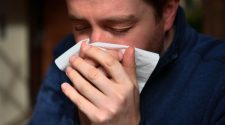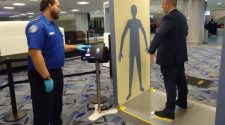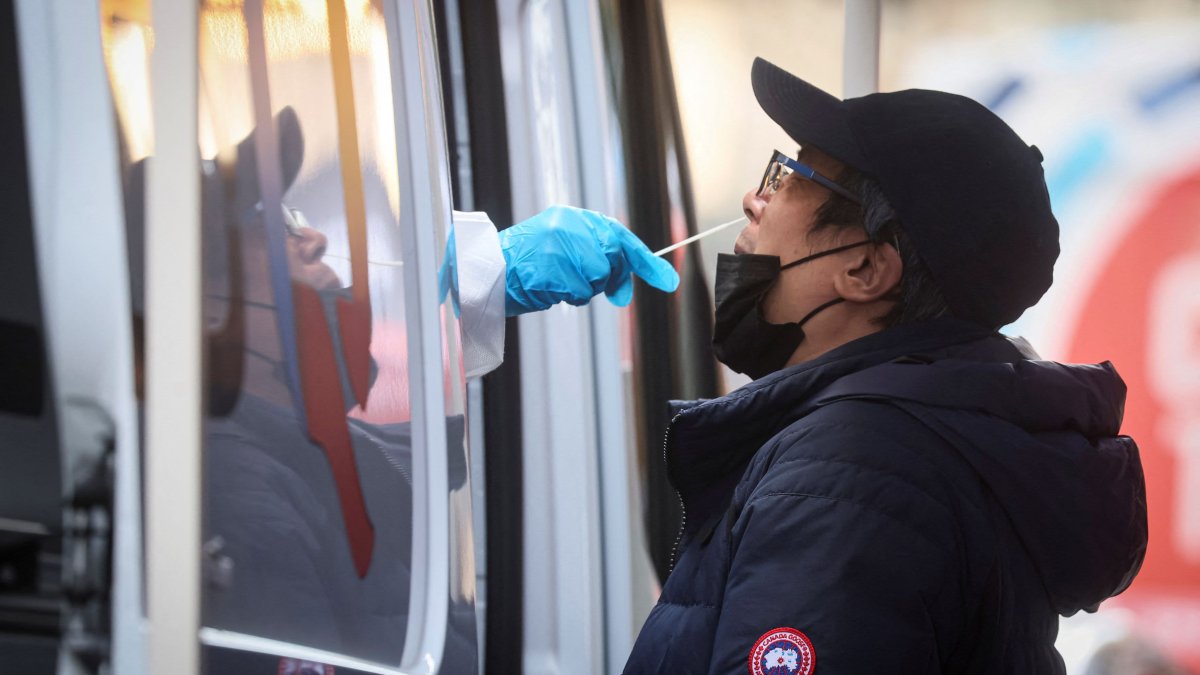The Illinois Department of Public Health on Thursday issued a warning as COVID case rates are “slowly rising in many areas of the state.”
The health department said residents “should be paying close attention to conditions in their local communities” and urged vaccinations and booster shots for eligible populations.
“While hospitalizations and deaths tied to COVID-19 remain stable at this time, we are seeing a slow increase in cases in many areas of the state,” Acting IDPH Director Amaal Tokars said in a statement. “This is a reminder that we all need to remain vigilant and remain up to date on our vaccination status. This is especially important for those who are at higher risk for serious outcomes.”
The warning comes as the so-called “stealth omicron” subvariant continues its rapid spread in the Midwest, making up more than 80% of recent COVID cases, according to Centers for Disease Control and Prevention estimates.
Health officials said Illinois “remains strongly positioned to respond in the event of a new COVID-19 surge” as the state’s test stockpile was recently replenished with more than 1.5 million rapid tests on hand and another half million on the way.
“In addition, hospitals, schools, and long term care facilities have been urged take steps to increase their current testing capacity,” IDPH said in its warning. “The state is also supporting pharmacies and healthcare providers in efforts to increase their inventories of the various FDA-authorized treatments in case of another surge. IDPH is advising providers to assess their patients quickly, within five days of the onset of symptoms, after a COVID-19 diagnosis to determine if they are eligible for treatment.”
According to the latest updated estimates from the CDC, it is believed that the BA.2 subvariant of omicron is responsible for 85.9% of new COVID infections in the United States over the last week.
In some parts of the country, that number is even higher, with more than 92% of cases in New York and New Jersey now linked to that subvariant, the CDC says.
In the Midwest, the CDC says that 83.7% of cases are believed to be linked to the subvariant. Less than one month ago, the BA.2 subvariant made up less than 15% of cases, according to the department’s estimates.
That rapid growth in subvariant cases is part of a trend of increasing cases in the state of Illinois. Since the start of April, Illinois has seen its daily case rate climb by at least 45%.
Hospitalizations have not shown signs of rapid increase either at the national level or at the state level, with health officials saying that most of Illinois is still at a “low” transmission risk of COVID.
As a result, public health officials say that they are not considering additional mitigation actions at this time, ruling out a return to mask mandates and other such orders for the time being.
Chicago health officials have also noted a steady climb in cases.
As of Monday, the city was averaging 336 new COVID cases per day, up from 257 one week prior. The positivity rate was also up to 1.8%, an increase from the 1.5% reported last week.
Across the U.S., there has been a slight increase in cases in recent weeks, with daily confirmed cases nationwide rising from about 25,000 per day to more than 30,000.
Severe illnesses and deaths tend to lag infections by several weeks, officials said.
State health officials urged residents, particularly those in higher transmission areas or those at higher risk of illness, to take the following precautions:
• Get vaccinated and stay up-to-date on recommended booster shots to protect yourself, your loved ones and friends.
• If you are in an area with rising COVID-19 infections, wear a mask if entering indoor spaces with other people present and consider avoiding large gatherings.
• Stick to well-ventilated areas if you are not wearing a mask indoors around other people.
• If you feel flu-like symptoms, self-isolate and stay home from work as well as social gatherings; and obtain a test as quickly as possible.
• If you test positive, talk to your provider immediately so you can get COVID-19 treatment within five days of starting to feel sick. Also, communicate about the positive result with any persons you have been in close contact within two days of falling sick or testing positive.
• Continue to frequently wash your hands and cover coughs and sneezes.
The CDC last updated its county-by-county community levels map Thursday, showing high transmission levels in four Illinois counties. In those communities, people are advised to wear masks in public indoor spaces, including schools, and take additional precautions if at risk for severe illness.
The following counties were listed in the high category last week:
- Gallatin County
- Hardin County
- Pope County
- Saline County

















